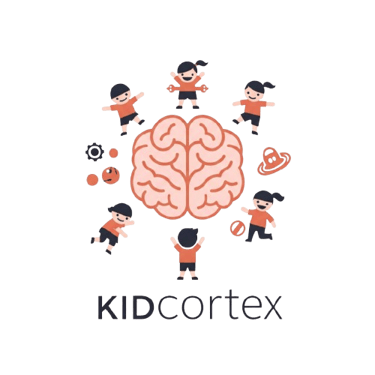join us to unlock variety of services
The Power of Home-Based Therapy for Neurodivergent Children: Why It Works
For families raising neurodivergent children—whether navigating autism, ADHD, sensory processing challenges, or other developmental differences—access to therapy is vital. But therapy doesn’t only have to happen in clinics or schools. Increasingly, home-based therapy is emerging as an effective, empowering, and evidence-supported approach to support children’s growth and well-being. In this article, we’ll explore the research-backed benefits of therapy at home for neurodivergent children, and how you can harness its potential to promote development, connection, and confidence.
Dr. Tarun sharma
6/1/20252 min read
What Is Home-Based Therapy?
Home-based therapy involves therapeutic interventions delivered in the child’s natural home environment, either by professionals (via in-person or virtual sessions) or by parents trained and supported by therapists. This can include:
Speech and language therapy
Occupational therapy
Applied Behavior Analysis (ABA)
Sensory integration activities
Parent-mediated interventions
Emotional regulation and social skill-building
1. Comfort of Familiar Environments Enhances Learning
Research shows that learning is more effective in environments where children feel secure. For neurodivergent children, the sensory, emotional, and social demands of clinic settings can sometimes interfere with progress.
🧠 Research Insight: A study published in Journal of Autism and Developmental Disorders found that children with ASD showed more spontaneous social communication behaviors at home compared to clinic settings (Ozonoff et al., 2004).
Key benefit: Home provides a low-stress space for practice, reducing meltdowns and improving participation.
2. Parents Become Active Partners in Progress
One of the most powerful aspects of home therapy is parent involvement. When parents are coached to deliver therapeutic strategies, children receive more consistent and individualized support.
📚 Evidence: A meta-analysis in Pediatrics showed that parent-mediated interventions significantly improved language, social interaction, and adaptive behavior in young children with autism (Oono, Honey & McConachie, 2013).
Why it matters: Parents become more confident and equipped, and children receive support integrated into everyday life.
3. Skills Generalize Better to Real-Life Contexts
Therapy in clinics can feel disconnected from daily routines. At home, therapy is naturally embedded into the child’s world—mealtime, play, chores, and family interactions.
✅ Clinical Insight: According to the Early Start Denver Model (ESDM), skills taught in natural environments show better generalization and long-term retention (Rogers & Dawson, 2010).
Example: Teaching turn-taking during board games with siblings or using fine motor tasks while helping in the kitchen.
4. Flexible, Consistent, and Cost-Effective
Home-based therapy—especially when delivered online or through guided programs—reduces travel time, allows more flexibility in scheduling, and can be more affordable for families.
Bonus Benefit: During public health crises (like COVID-19), teletherapy kept thousands of children connected to essential services—highlighting the resilience of home-based models.
💬 Study Note: A 2021 survey by the American Occupational Therapy Association found that 87% of parents felt confident continuing therapy routines at home after telehealth coaching.
5. Supports Holistic, Family-Centered Care
Every neurodivergent child’s development is intertwined with their family system. Home therapy supports a holistic, relationship-based approach where routines, preferences, and culture are respected.
🌱 Developmental Perspective: Studies show that interventions embedded into family routines are more sustainable and have stronger long-term outcomes (Dunst et al., 2001).
It’s not just about the child—it’s about the whole family growing together.
6. Boosts Confidence and Emotional Bonding
When therapy happens at home, it becomes part of play, routine, and connection—not something “separate.” This fosters emotional bonding and empowers children to take pride in their progress.
Real-life example: A child who learns to self-regulate with a calming corner at home can feel more in control and reduce anxiety episodes.
🧘♀️ Emotional Research: Emotional safety and secure attachments are key to neurodevelopment, especially for children who process the world differently (Siegel, 2012).
Final Thoughts: A Bridge Between Therapy and Everyday Life
Therapy at home isn’t a replacement for clinical support—but it extends the benefits into the everyday spaces where children learn and grow. Whether you’re guided by a therapist over Zoom, using sensory kits, or following a structured home program, your efforts at home matter deeply.
At KidCortex, we support families with:
coaching for sensory and behavioral support
Monthly therapy-informed activity boxes
Parent-friendly resources and guides
Explore how our subscription model bridges home and therapy—empowering your child with tools they can use for life.
💡 Did You Know?
Children who receive 15–25 hours a week of therapy-based interaction (including home-based) show significantly improved outcomes by age 5 (National Research Council, 2001).
FOLLOW US
GET IN TOUCH
QUICK LINKS
+919520561135
contact@kidcortex.com
